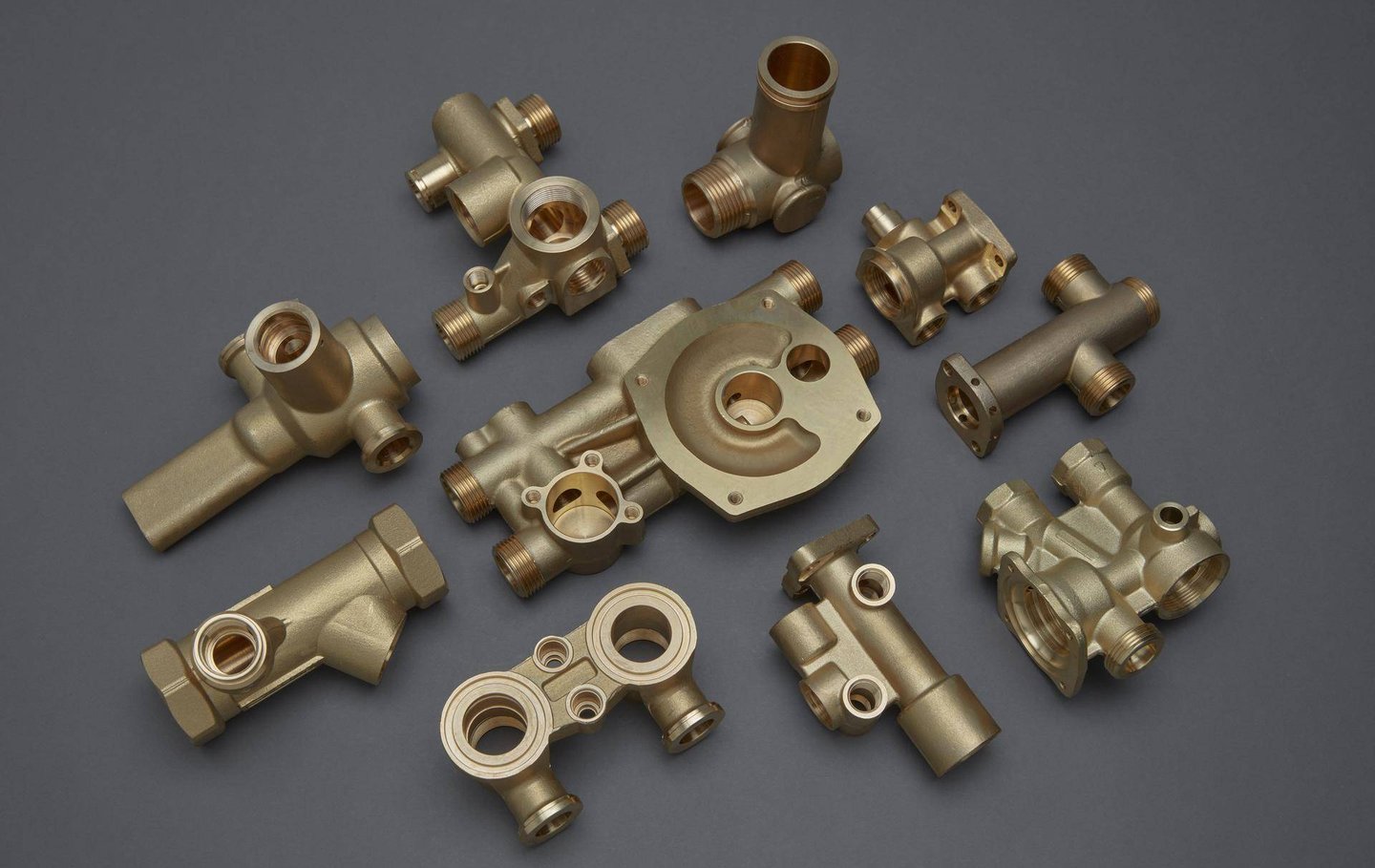Global Demand for Forged Brass Components: Trends Across the USA and Europe
Explore market size, drivers, and procurement trends for forged brass components across the USA and Europe. Learn how automotive, electrical, plumbing, tariffs, and sustainability shape sourcing — with practical tips for OEMs and importers. Contact: sales@brassforgedcomponents.com
10/18/20253 min read


Global Demand for Forged Brass Components: Trends Across the USA and Europe
Why this matters
Brass Forged Components— valves, fittings, electrical connectors, HRC terminals and precision parts — remain essential across automotive, plumbing, HVAC, and electrical sectors. Understanding demand patterns in the USA and Europe helps suppliers, OEMs, and buyers make smarter sourcing, inventory and compliance decisions.
Market snapshot (numbers you can cite)
Recent industry reports estimate the forging brass market is growing steadily, with multiple market research firms projecting mid-single-digit CAGRs through the late 2020s and total market values in the low-to-mid billions USD range.
The broader forging market is also expanding, which supports higher demand for brass forgings used in automotive and industrial applications. reanin.com
Quick takeaway: credible market studies indicate stable, organic growth for forged brass driven by end-use demand (automotive, construction, electrical) and a push toward higher-quality, precision parts.
Key demand drivers in the USA and Europe
1. Automotive electrification and lightweighting
EVs and next-gen vehicles use more precision brass connectors, bushes, and cooling fittings where conductivity, corrosion resistance and machinability matter. The trend toward lighter, more efficient components favors forged brass in many subassemblies.
2. Infrastructure, plumbing and HVAC upgrades
Aging municipal and commercial infrastructure in North America and Europe, combined with new construction, sustains demand for durable brass valves, fittings and connectors used in water, gas, and HVAC systems. Regulations and specification standards in Europe often require suppliers to meet traceability and chemical compliance. eximpedia
3. Electrical & electronics — reliability matters
Brass forgings for electrical connectors and terminals remain important where conductivity and mechanical strength are required. Higher reliability standards in automotive and industrial electronics push buyers toward forged (vs. cast) parts.
4. Supply-chain resilience & nearshoring trends
Post-pandemic sourcing shifts and geopolitical trade measures are driving buyers to diversify suppliers and, in some cases, nearshore or qualify alternate partners in trusted regions. Recent trade measures and tariffs affecting Indian exports have already prompted discussions about shifting volumes between markets. Reuters+1
USA market specifics
Procurement priorities: quality, certification (ISO/TS, automotive standards), on-time delivery, and long-term supplier relationships.
Pricing sensitivity: US buyers accept somewhat higher landed costs in exchange for reliable lead times and strict quality control.
Regulatory & testing: material certification and performance testing are routinely required by OEMs and tier suppliers.
Europe market specifics
Stringent compliance: REACH/chemical regulations, RoHS where applicable, and rigorous documentation/traceability expectations push European buyers toward established suppliers who can show compliance evidence.
Sustainability focus: lifecycle impact and recyclability matter; suppliers that can demonstrate lower scrap rates, energy efficiency or circular-economy practices gain preference.
Preference for technical collaboration: European OEMs often seek engineering partnerships for part optimization and weight/material savings.
Sourcing & specification trends — what buyers ask for
Tight tolerances and improved surface finish (less secondary machining).
Clear alloy callouts (e.g., CW614N/CW617N equivalents), mill certificates and heat-treatment records.
Batch traceability, SPC data, and sample PPAP-style documentation for automotive projects.
Sustainable manufacturing claims supported by data (energy usage, scrap reduction).
How suppliers (and you) should respond
Invest in quality documentation. Provide mill certs, test reports and traceability up-front.
Offer engineering support. DFM-for-forge recommendations reduce cost and improve part performance.
Demonstrate regulatory readiness. Have REACH/RoHS/other compliance materials organized for EU buyers.
Build flexible lead times. Offer priority runs or consignment options to strategic customers in the USA and EU.
Be transparent on tariffs and landed cost. Recent tariff moves can affect pricing and routing — include scenarios in quotes.
Risks to watch
Trade policy shifts and tariffs that can suddenly change competitiveness for suppliers in India and other exporting countries. Reuters
Quality failures that lead to lost certifications or disqualification as a supplier.
Raw material price volatility for copper/brass alloys, which can compress margins.
Final thoughts
Demand for forged brass components in the USA and Europe remains robust and predictable, driven by automotive electrification, infrastructure needs, and high reliability requirements. Suppliers who combine technical capability, compliance readiness, transparent costing, and reliable delivery will win the most strategic business.
Want a tailored one-page market brief (with estimated landed cost scenarios for USA vs EU, recommended alloy choices, and a supplier checklist) for your sales team? Email your request to sales@brassforgedcomponents.com and I’ll prepare a concise brief you can use in pitches.
We are here to assist you with any inquiries or support you may need regarding our services. Reach out to us anytime!